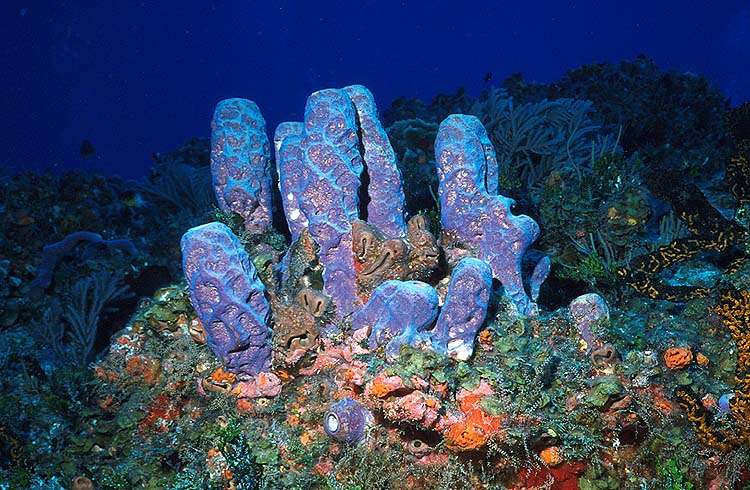
Gemmules are aggregates of sponge tissue and food, covered by a hard coating containing spicules or spongin fibers. Freshwater sponges, as well as several marine species, form resistant structures called gemmules that can withstand adverse conditions such as drying or cold and later develop into new individuals. The buds may remain attached to the parent or separate from it, and each bud develops into a new individual. Asexual reproduction occurs by budding or by fragmentation. In a video, one can see evidence of the spicule trails left by the sponges on the seafloor.Pieces of sponge are able to regenerate into whole new sponges. "It looks as if you've grabbed a chalk and pushed it across the seafloor it's really a solid line all the way through," study co-author Autun Purser said as per The Academic Times. They could be observed in all directions, AWI noted, even in areas that go uphill. What's interesting is that these long trails of spicules often lead back to living sponges. It showed a dense "community" of sponges and mysterious tracks of spicules, or the spine-like parts of sponges, in about 70% of seafloor images with sponges.

Specifically, the researchers looked at video of the Langseth Ridge captured by the research ice-breaker Polarstern in 2016. However, upon studying a video of the Arctic seafloor, the researchers of a new study, published in Current Biology, found evidence that sponges may actually be more mobile than previously thought. Moreover, they have been assumed to only be "passively moved" by ocean currents often down slopes, the Alfred Wegener Institute (AWI) said in a news release. This means that they stay on a particular spot and settle there, Cell Press explained in a news release, adding that sponges don't even have muscles or organs that they can use to move around.Īs such, sponges are generally not thought of as mobile creatures even though they can move a little when they expand.

Sponges in their larva stage are known to be quite mobile but they become sessile once they reach adulthood. This suggests that sponges may actually be more active than we thinkĪre sponges really immobile creatures? A team of researchers found evidence that they may actually be more mobile than people may think.



 0 kommentar(er)
0 kommentar(er)
